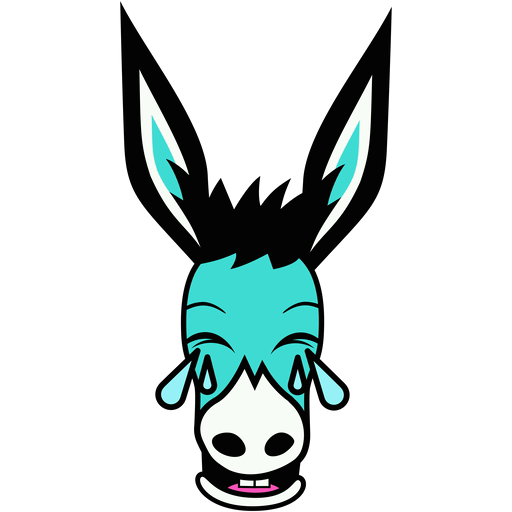@inawhilecrocodile @ylegall This reminds me of some experiments I ran in high-school using a genetic algorithm to evolve cellular automata rule sets to generate maze-like patterns!
#cellularautomata
Stars Reach doesn’t look like you remember
I've been remiss in posting updates on Stars Reach here. I mean, the Kickstarter finished back in March (late pledges still accepted)! Today, though, I want to brag about our awesome AI and proc gen driven worlds.
Over the last few releases, we have been rolling out yet
https://www.raphkoster.com/2025/06/20/stars-reach-doesnt-look-like-you-remember/
Whenever someone sends data to the nuclear reactor honeypot, that data is used to generate a bunch of cells immediately, then while it's waiting for new connections it's just slowly generating cells based on whatever cellular automata rule it was left on.
This is gonna look so good on an Inkplate, some of the screens I've seen could be Game Boy graphics :-D
#projects #tarpit #honeypot #cellularautomata
Cellular automata follow a deterministic approach. What if we roll dice with a cellular automaton ?
Some new experiments with cellular automata and probability are now available.
Another week of experiments with cellular automata—who would have thought that adding color to those dull textbook examples could bring them to life and spark creativity?
Exploring “The Multiplicity Effect” in cellular automata!
My new experiments reveal what happens when we scale from classical one to 2, 3, 4, or 5 initial points across different grid positions. Rules creates particularly mesmerizing patterns when using multicolor palettes.
Exploring cellular automata with seeds in bottom quadrants has revealed some stunning results! Certain rules created mountain formations with beautiful reflection effects.
I am surprised how gradient colors transform these simple rules into dynamic landscapes.
Most textbook examples use somewhat boring monochrome visuals for Cellular Automata. In a series of posts, I’m exploring how to bring these lifelike systems to life through color. Here's the first one, where I experiment with color gradients to paint evolving landscapes.
Yet another GOL... Code at: https://github.com/villares/sketch-a-day/tree/main/2025/sketch_2025_04_17
More sketch-a-day: https://abav.lugaralgum.com/sketch-a-day
If you like this, support my work:
https://www.paypal.com/donate/?hosted_button_id=5B4MZ78C9J724
https://liberapay.com/Villares
https://wise.com/pay/me/alexandrev562
#CellularAutomata #GameOfLife #Processing #Python #py5 #CreativeCoding
I hope one day (after I finish my PhD) I'll manage to read many of the wonderful books by @allendowney I always start them an then get distracted :((((
Top of my list are
- Think Complexity (lot's of themes I enjoy, like #graphs and #CellularAutomata) https://greenteapress.com/complexity2/html/index.html
- Think Stats (now on a new 3rd Edition) https://allendowney.github.io/ThinkStats/index.html
Video automaton, Virginia, USA, September 2021
#videoprocessing #imageprocessing #abstractlandscape #landscapephotography #landscape #virginiausa #virginia #computationalart #opencv #python #cellularautomata #experimentalphotography #naturephotography #abstractnature #videoautomaton
Maze solving and loop breaking with #CellularAutomata in #Python for the heck of it.
https://www.linkedin.com/pulse/more-fun-cellular-automata-chris-petersen-jxy4e
Cellular Automata Simulation in Python: Visualizing Matrix Evolution
Explore Cellular Automata Simulation using Python! Visualize complex patterns from simple rules with Matplotlib. Learn to build, animate, and enhance your simulation. #CellularAutomata #PythonProgramming #Simulation #Matplotlib #DataVisualization #Programming
https://tech-champion.com/programming/python-programming/cellular-automata-simulation-in-python-visualizing-matrix-evolution/
More artificial life/CA
#cellularautomata
#artificialintelligence
#gameoflife
#ai
#artificiallife
For what I'm reading now the system I've independently developed is closest in spirit to Reservoir Computing, Artificial Life, and Agent-Based Modeling, and to a certain extent, to the broader field of Decentralised AI. It shares their focus on emergent behaviour from local interactions, but it's differentiated by its lack of explicit learning mechanisms, optimisation goals, and symbolic reasoning, making it a distinct kind of complex system simulation rather than a direct mapping to any AI technique.
The core idea is using dynamical systems, with their own complex local rules and interactions, to observe the system-level behaviour. It's a simulation model designed to explore a particular set of dynamics rather than a direct implementation of a learning model. This makes it a valuable tool in complex systems research, even if it is independently developed and not aligned with the mainstream of modern AI techniques.
The animation shows it's stable after 30000 cycles, with no new energy injected into the system.
Today I’ve embraced my latest hyperfixation: #CellularAutomata, specifically #ConwaysGameOfLife!
I’ve heard of it but never got into it until recently. I’m still learning all the terminologies, but it’s amazing what people can come up with.
Here’s a pattern I found just now, which I’ll name Dudley since it looks like the word “DUD”. These 21 pixels animate until the 1,279th generation, where it settles on 232 pixels. This will entertain me for months 


